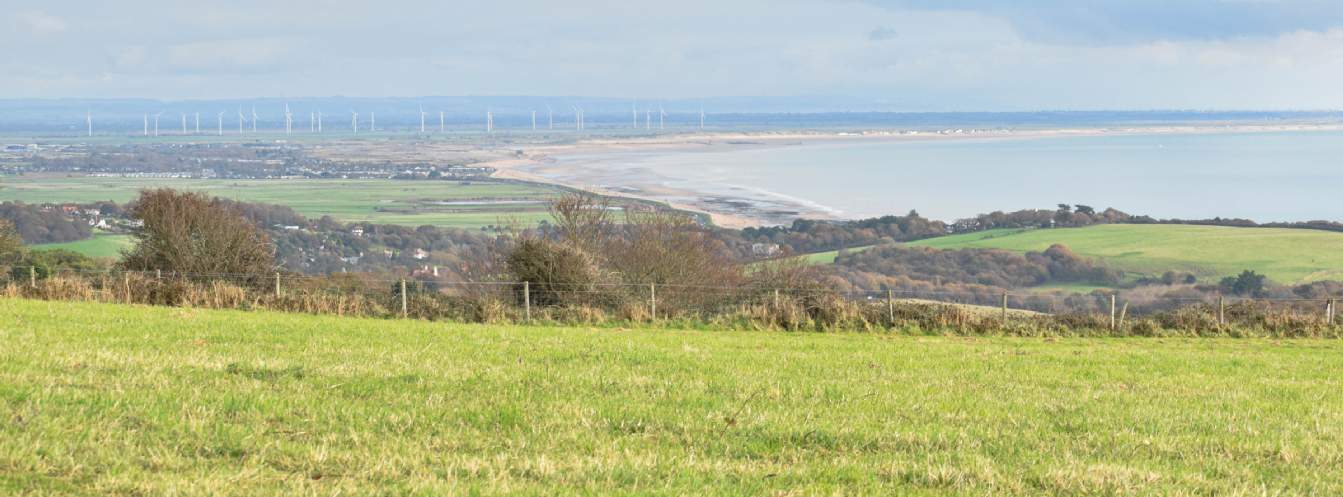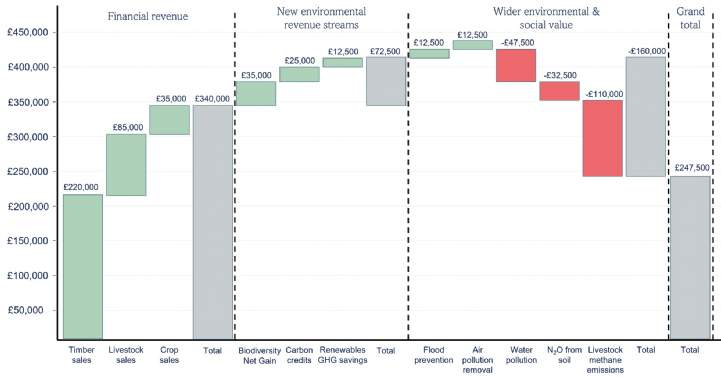More and more the question arises as to how a business can best integrate environmental and social considerations into its land use and management strategies. In particular, people often want help in better understanding how different types of impact compare with one another and also what the trade-offs are likely to be when these impacts are compared with traditional financial metrics.
For example, one question we may be asked is whether it’s worse for a business to emit 13 tonnes of greenhouse gas emissions or for it to consume 2,500m3 of water. Alternatively, we may be asked how the business case of an environment-focused land management strategy compares with that of a conventional one when both the financial and environmental implications are considered.
Natural capital accounting is a powerful tool that can help us begin to answer these questions – it is a form of all capitals accounting that focuses specifically on integrating environmental-related impacts into decision making. By using environmental economics to value the positive or negative impacts associated with different land use strategies it considers a range of financial and environmental impacts on a like-for-like basis.
An assessment will factor in the existing financial revenues that are associated with the land use option; this is the pounds and pence that ends up in someone’s account as a result of what’s being grown or produced on the land.
It then looks at the potential new revenue streams that could arise as a result of emerging new markets, such as biodiversity net gain, renewable energy generation and woodland or peatland carbon credits.
Finally, the wider environmental and social value that is created or destroyed as a result of the land use decision will be considered; this isn’t money that ends up in someone’s pocket but rather a valued estimate of the benefit or disbenefit that wider society experiences as a result of the land use or change.
By comparing different potential land use scenarios with an ‘as is’ baseline we can begin to better understand the trade-offs associated with different land use decisions and consider how the magnitude of different types of impact compare with one another.


.jpg)







.jpg)
.jpg)